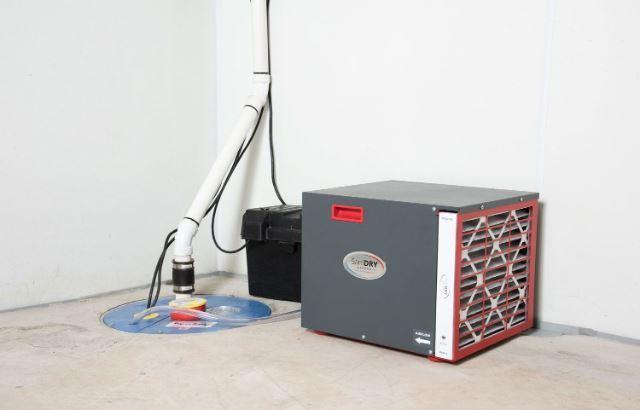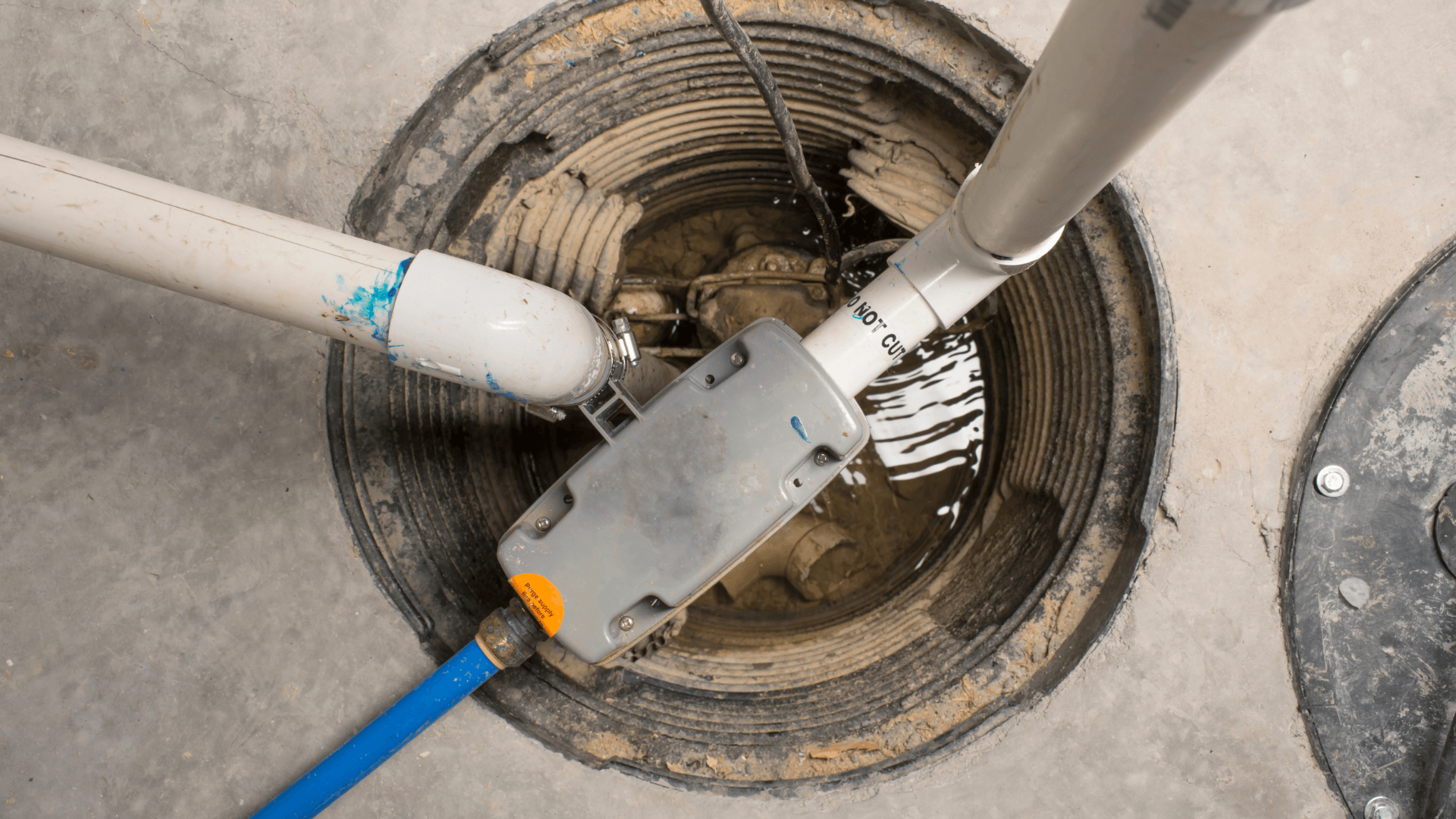We have unearthed the article on How To Effectively Clean A Sump Pump down the page on the internet and figured it made sense to share it with you here.

Sump pumps are important elements in lots of homes, especially in locations prone to flooding or excessive dampness. They assist prevent water damage by effectively eliminating excess water from basements or crawl spaces. Nevertheless, like any other device, sump pumps call for routine maintenance to guarantee they operate effectively when needed the most. Cleaning your sump pump is an important part of its upkeep, and recognizing just how to do it effectively can conserve you from pricey repair services and prospective catastrophes.
Introduction
Keeping a tidy sump pump is important for its appropriate functioning and long life. Disregarding this crucial job can cause clogs, malfunctions, and ultimately, water damage to your home. As a result, finding out exactly how to clean a sump pump is vital for home owners that count on these tools to keep their basements dry and protected.
Comprehending the Sump Pump
Before diving into the cleaning process, it's necessary to have a standard understanding of just how a sump pump functions. Normally installed in a pit or basin below the cellar flooring, a sump pump contains several key components, consisting of a pump, a float switch, and a discharge pipe. When water builds up in the pit, the float button turns on the pump, which after that pumps the water out with the discharge pipe, far from the structure's structure.
Indications of a Dirty Sump Pump
Recognizing when your sump pump needs cleansing is critical for preventing potential malfunctions. Some common signs that show an unclean sump pump consist of unusual sounds during procedure, decreased water flow, and noticeable debris in the pit. If you notice any one of these symptoms, it's essential to clean your sump pump immediately to stay clear of any more problems.
Planning for Cleansing
Prior to you begin cleaning your sump pump, it's vital to take some safety precautions. Start by shutting off the power to the pump to stay clear of any electrical accidents. Additionally, wear appropriate protective equipment, such as handwear covers and safety glasses, to safeguard yourself from dust, debris, and potential virus.
Detailed Guide to Cleaning a Sump Pump
Shutting down the Power
Begin by separating the power supply to the sump pump to avoid any accidents while cleaning.
Removing Debris and Dust
Use a bucket or a scoop to get rid of any type of visible particles, dirt, or debris from the sump pit. Dispose of the debris appropriately to avoid it from blocking the pump or the discharge pipe.
Cleaning up the Pump and Float Switch
As soon as the pit is free from debris, very carefully get rid of the pump from the pit. Inspect the pump and the float switch for any kind of indications of damages or wear. Utilize a soft brush or fabric to cleanse the surface areas and get rid of any kind of collected crud.
Purging the System
After cleansing the pump and float button, purge the sump pit with tidy water to eliminate any remaining dirt or debris. This will aid ensure that the pump operates smoothly and successfully.
Checking for Appropriate Performance
Before reinstalling the pump, execute a quick examination to ensure that the float switch triggers the pump properly. Put some water right into the sump pit and observe the pump's operation. If everything is working appropriately, you can rebuild the pump and reconnect the power supply.
Maintenance Tips to Keep Your Sump Pump Clean
In addition to regular cleansing, there are several upkeep ideas you can follow to maintain your sump pump in optimal condition:
Final thought
Cleansing your sump pump is a critical facet of its maintenance and ensures that it runs successfully when you need it one of the most. By following the actions laid out in this overview and including routine maintenance into your regimen, you can expand the life expectancy of your sump pump and protect your home from water damages.
6 STEPS ON HOW TO CLEAN A SUMP PUMP PROPERLY
UNDERSTANDING SUMP PUMPS
Your sump pump plays a crucial role in protecting your home by managing and removing excess water. It primarily functions as a “shield”, guarding your basement against the damaging effects of water accumulation. The pump is housed in a sump pit in the lowest part of your basement, and its job is to pump out any water that collects there.
During heavy rainfalls or when snow melts rapidly, water can infiltrate your basement, posing potential risks like flooding, structural damage, and harmful mold growth. Here, the sump pump springs into action, pumping out the intruding water and directing it away from your home.
SAFETY FIRST
Before cleaning, remember to prioritize safety. Disconnect the sump pump from the power source to prevent any accidental electric shocks. Also, wear sturdy gloves to protect your hands from any sharp or dirty components within the pump.
REMOVE THE SUMP PUMP
After ensuring your safety, the next step is to remove the sump pump from its pit. Doing this might require careful maneuvering as you don’t want to damage any pump components. Once removed, clean the sump pit to remove any accumulated debris or sludge.
INSPECT THE PUMP
Inspect the pump for any visible signs of wear or damage. Check the power cord, float switch, and impeller housing. If any components look worn out or damaged, consider replacing them to ensure optimal performance.
CLEAN THE PUMP
Thoroughly clean the pump with warm, soapy water. Make sure to rid it of any dirt, gravel, or other debris that might impede its performance. You can use a toothbrush to clean the small, hard-to-reach parts of the pump.
REINSTALL THE SUMP PUMP
Reinstall the pump into the sump pit Make sure it’s positioned correctly to remove the water effectively Once it’s back in place, reconnect it to the power source TEST THE PUMP
Finally, pour some water into the pit to ensure the pump works correctly. It should start automatically and begin pumping out the water; if it doesn’t, check the power source and the positioning of the pump.
Remember, while cleaning your sump pump is an essential part of home maintenance, hiring a professional plumber for a thorough inspection and cleaning at least once a year is also important. This will ensure that your pump is in optimal condition, ready to protect your home from potential water damage.
BEST PRACTICES FOR CLEANING SUMP PUMP DISCHARGE PIPES
Regular Inspection: Regularly inspect your discharge pipes, especially during heavy rainfall or snowmelt periods. Look for any signs of blockage or damage. Early detection of problems can prevent serious issues down the line. Periodic Cleaning: Over time, sediment and debris can accumulate in the discharge pipes, impeding the flow of water. Regular cleaning helps keep the pipes clear and functioning efficiently. You can use a high-pressure water jet to effectively clean the pipes. Insulation During Winter: In colder climates, discharge pipes can freeze, blocking the outflow of water. Protect your discharge pipes from freezing temperatures by insulating them with foam pipe insulation. This will ensure the sump pump can continue to discharge water even in freezing conditions. Proper Positioning: The discharge pipe should be positioned to direct water away from your home’s foundation. Improper positioning can lead to water seeping back into the basement. Ensure the pipe is long enough and angled correctly. Installation of a Check Valve: A check valve prevents water from flowing back into your sump pit after the pump has pushed it out. Installing a check valve helps maintain the efficiency of your sump pump and reduces the risk of flooding. Minimize Pipe Turns: Every curve or turn in the discharge pipe can decrease the efficiency of water flow. By minimizing turns and bends in your discharge pipe, you can increase the efficiency of your sump pump. https://www.fullspeedplumbing.com/how-to-clean-a-sump-pump-properly9999/

We are very focused on Keep Your Sump Pump Clean, It'll Keep You Dry and I hope you enjoyed the entire page. Enjoyed our review? Please quickly share it. Help another person locate it. I recognize the value of your readership.
Book 24/7